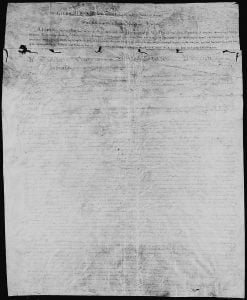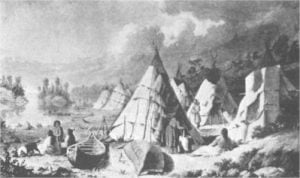Exploration and Settlement of the Shenandoah Valley
The Shenandoah Valley, first explored by Johann Lederer and his associates in 1670, holds a rich history shaped by early exploration, settlement, and conflict. Following Lederer’s journey, which reached as far west as present-day Strasburg, VA, the region saw further exploration by Colonel Cadwallader Jones in 1673 and George Ritter in 1705. In 1719, Thomas Fairfax inherited the Northern Neck proprietary estate, managing it as a feudal manor and significantly influencing the area’s development. Germanic and other European settlers, recruited by Fairfax’s agents, began shaping the valley’s landscape with intensive farming practices. Native American presence in the valley persisted until the mid-18th century, with peaceful coexistence giving way to displacement during the French and Indian War. The departure of Native Americans by 1754 marked a pivotal shift in the valley’s demographic and cultural composition.



